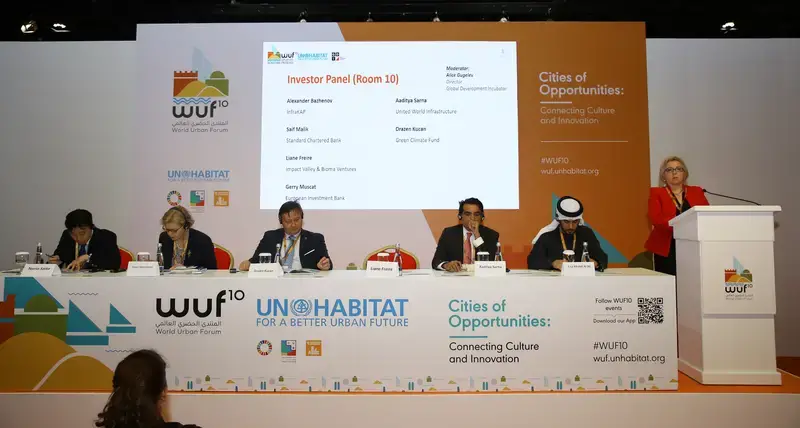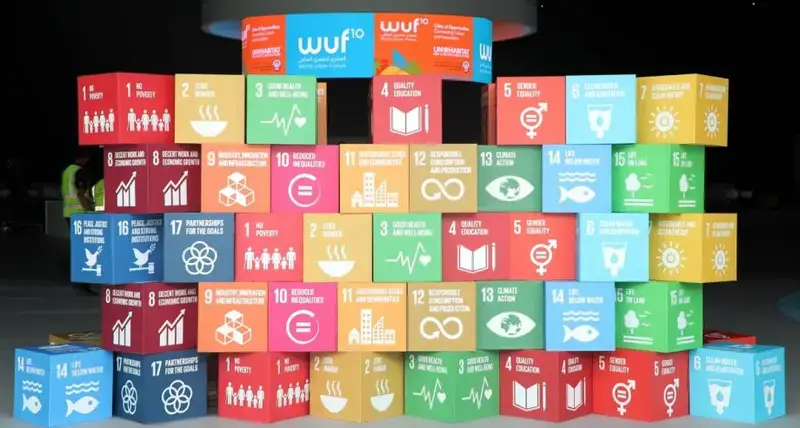Overview
The Cities Investment Facility (CIF) is a multi-stakeholder initiative that strives to unlock significant capital flows to inclusive, sustainable urbanization projects.
Through its three pillars – Cities Investment Portal, Cities Investment Advisory Platform, and Cities Investment Vehicles.
The Cities Investment Facility supports project promoters with:
the marketing of their projects to a global audience of construction finance providers;
advice regarding the project preparation process of ideation, feasibility, development, and financial closure; and
funding (both grant and private capital) for these processes, to secure construction financing from other external lenders and investors.
By convening and preparing a pipeline of SDG-compliant bankable infrastructure projects, the Cities Investment Facility, makes a significant contribution to achieving the UN’s Agenda 2030, as cities and urban infrastructure enable economic activity and growth.
The achievement of UN-Habitat's second domain of change; is closely linked to the development of SDG cities. The SDG Cities initiative aims to recognize cities' efforts in accelerating sustainable development by addressing key challenges and setting development priorities in an approach that incorporates social, economic, and environmental dimensions. The appendix will in-depth explore the SDG Cities initiative. The achievement of SDG cities relies on the need for strategic planning, the institutional capacity of cities, and, most significantly, investment in impact, hence the need for CIF.
Learn more about CIF: CIF Brochure
The Challenge
Cities currently host 4.2 billion people (55% of the world’s population) and materially impact their surrounding territories. By 2050, 68% of the global population will be urbanized as the global urban footprint will nearly double.
Recent estimates put the global annual municipal infrastructure funding gap over US$3.2 trillion. While there are several factors; contributing to the gap, one of the primary obstacles relates to the lack of investment-ready projects.
Local governments in low and middle-income countries often lack the funding and institutional/technical capacity required to ensure that project preparation is according to international standards and the requirements of international financial institutions or potential investors.
There is significant global private capital available not only for bridging this gap if projects are developed properly, and are considered bankable by investors/lenders, but also for supporting implementation financing to boost sustainable development and address rapid urbanization.


